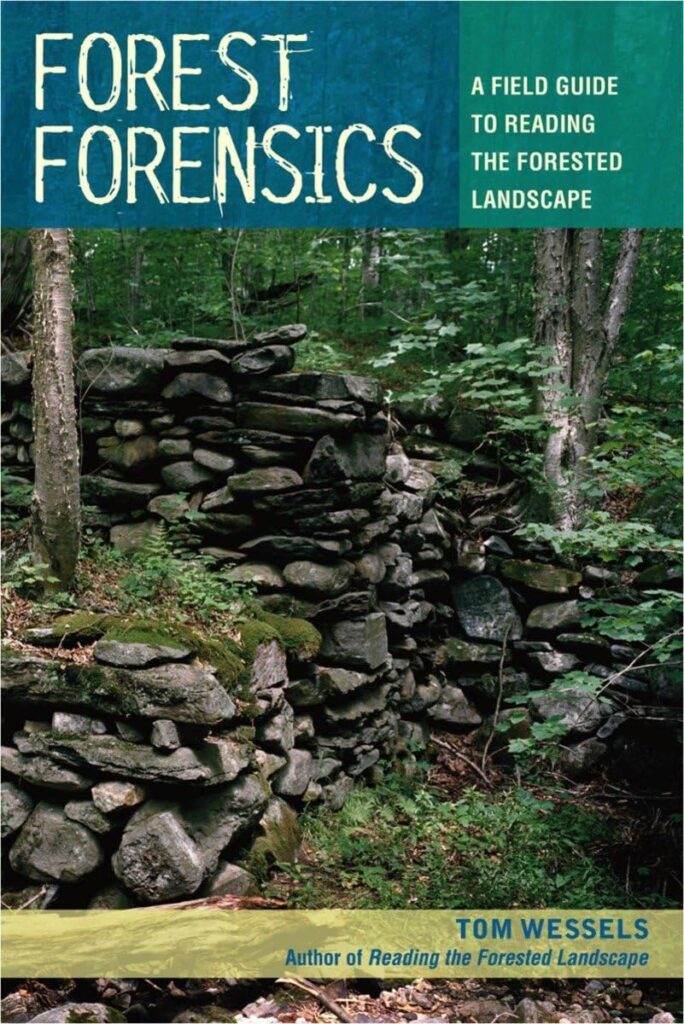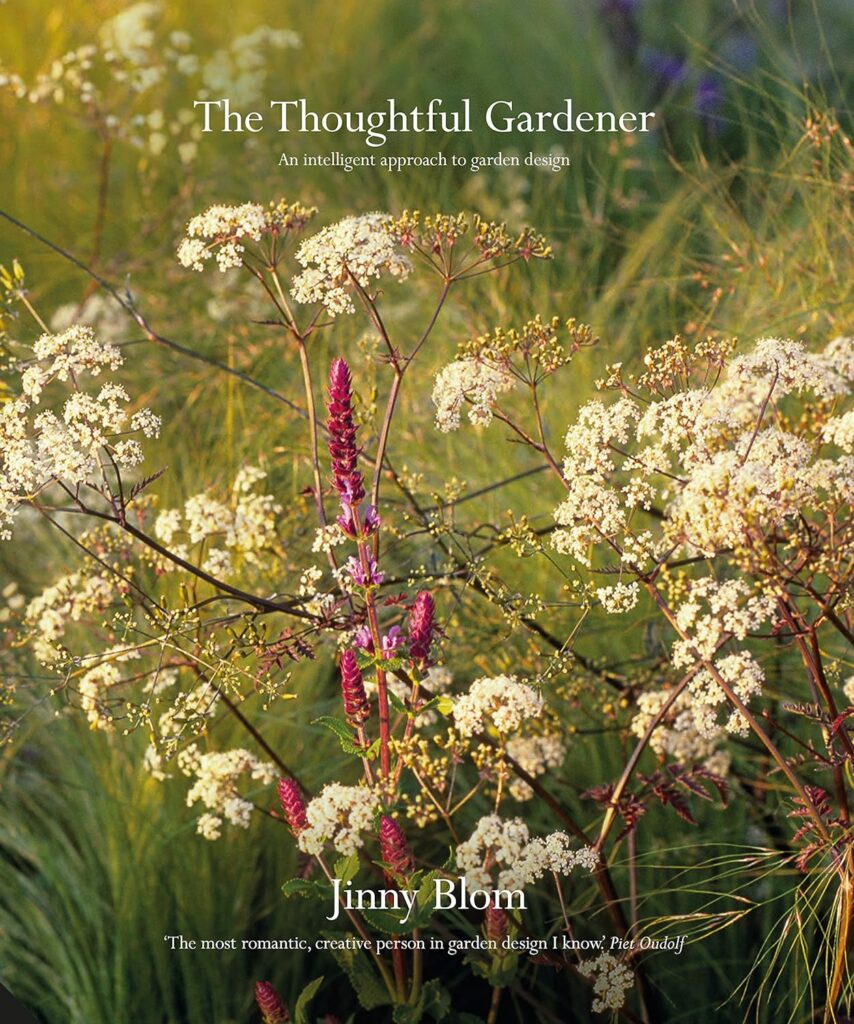
bringing nature home
“A fascinating study of the trees, shrubs, and vines that feed the insects, birds, and other animals in the suburban garden.” —The New York Times
As development and habitat destruction accelerate, there are increasing pressures on wildlife populations. In Bringing Nature Home, Douglas W. Tallamy reveals the unbreakable link between native plant species and native wildlife—native insects cannot, or will not, eat alien plants. When native plants disappear, the insects disappear, impoverishing the food source for birds and other animals.
But there is an important and simple step we can all take to help reverse this alarming trend: everyone with access to a patch of earth can make a significant contribution toward sustaining biodiversity by simply choosing native plants. By acting on Douglas Tallamy's practical and achievable recommendations, we can all make a difference.

garden revolution
Larry Weaner is an icon in the world of ecological landscape design, and now his revolutionary approach is available to home gardeners. Garden Revolution shows how an ecological approach to planting can lead to beautiful gardens that buck much of conventional gardening’s counter-productive, time-consuming practices. Instead of picking the wrong plant and then weeding, irrigating, and fertilizing, Weaner advocates for choosing plants that are adapted to the soil and climate of a specific site and letting them naturally evolve over time. This lushly-photographed reference is for anyone looking for a better, smarter way to garden.

dream plants for the natural garden
An ideal plant is one that is both beautiful and robust, performing reliably with very little input from the gardener – and without artificial fertilizers and pesticides. Rather than striving for big, bold masses of colourful blooms that are vigorously pruned back as soon as they have finished flowering, their innovative approach to gardening involves choosing plants chiefly for their form – leaves, flower heads and stems included – which means they retain their natural beauty through all the seasons.

LIFE PLACE
Robert Thayer brings the concepts and promises of the growing bioregional movement to a wide audience in a book that passionately urges us to discover "where we are" as an antidote to our rootless, stressful modern lives. LifePlace is a provocative meditation on bioregionalism and what it means to live, work, eat, and play in relation to naturally, rather than politically, defined areas. In it, Thayer gives a richly textured portrait of his own home, the Putah-Cache watershed in California's Sacramento Valley, demonstrating how bioregionalism can be practiced in everyday life. Written in a lively anecdotal style and expressing a profound love of place, this book is a guide to the personal rewards and the social benefits of reinhabiting the natural world on a local scale.

FOREST FORENSICS
Thousands of readers have had their experience of being in a forest changed forever by reading Tom Wessels's Reading the Forested Landscape. Was this forest once farmland? Was it logged in the past? Was there ever a major catastrophe like a fire or a wind storm that brought trees down?
Now Wessels takes that wonderful ability to discern much of the history of the forest from visual clues and boils it all down to a manageable field guide that you can take out to the woods and use to start playing forest detective yourself. Wessels has created a key―a fascinating series of either/or questions―to guide you through the process of analyzing what you see. You’ll feel like a woodland Sherlock Holmes. No walk in the woods will ever be the same.

PLANTING IN A POST WILD WORLD
Over time, with industrialization and urban sprawl, we have driven nature out of our neighborhoods and cities. But we can invite it back by designing landscapes that look and function more like they do in the wild: robust, diverse, and visually harmonious. Planting in a Post-Wild World by Thomas Rainer and Claudia West is an inspiring call to action dedicated to the idea of a new nature—a hybrid of both the wild and the cultivated—that can flourish in our cities and suburbs. This is both a post-wild manifesto and practical guide that describes how to incorporate and layer plants into plant communities to create an environment that is reflective of natural systems and thrives within our built world.

THE NATURE OF NEW HAMPSHIRE
This illuminating and instructive book explores New Hampshire's stunning mosaic of natural communities. In photos, drawings, and accessible text, The Nature of New Hampshire takes you on a tour of landscapes as varied as alpine meadows, tidal marshes, riverbanks, forests, ponds, dunes, and cliffs. Readers will gain a new understanding and appreciation for the state's exceptional natural heritage. Natural communities are recurring associations of plants and animals found in particular physical environments. They are the dynamic habitats in which native species live. Based on more than twenty years of ecological research, the New Hampshire Natural Heritage Bureau developed the classification of the nearly 200 natural community types presented in this essential guide. The communities are organized into eight categories: alpine and subalpine, rocky ground, forests, peatlands, swamps, marshes, river channels and floodplains, and seacoast.

WILDING
In Wilding, Isabella Tree tells the story of the ‘Knepp experiment’, a pioneering rewilding project in West Sussex, using free-roaming grazing animals to create new habitats for wildlife. Part gripping memoir, part fascinating account of the ecology of our countryside, Wilding is, above all, an inspiring story of hope. Forced to accept that intensive farming on the heavy clay of their land at Knepp was economically unsustainable, Isabella Tree and her husband Charlie Burrell made a spectacular leap of faith: they decided to step back and let nature take over. Thanks to the introduction of free-roaming cattle, ponies, pigs and deer – proxies of the large animals that once roamed Britain – the 3,500 acre project has seen extraordinary increases in wildlife numbers and diversity in little over a decade.

THE POETICS OF SPACE
Guiding us through a stream of meditations on poetry, art, and the blooming of consciousness itself, Bachelard examines the domestic places that shape and hold our dreams and memories. Houses and rooms; cellars and attics; drawers, chests, and wardrobes; nests and shells; nooks and corners: No space is too vast or too small to be filled by our thoughts and our reveries. In Bachelard’s enchanting spaces, “We are never real historians, but always near poets, and our emotion is perhaps nothing but an expression of a poetry that was lost.”

SOWING BEAUTY
“A hopeful and expansive book for the gardener who sees a field as a canvas.” —Publishers Weekly James Hitchmough is well-regarded in the design world for his exuberant, colorful, and flower-filled meadows. His signature style can be seen in prominent places like London’s Olympic Park and the Botanic Garden at the University of Oxford. Using a distinct technique of sowing meadows from seed, he creates plant communities that mimic the dramatic beauty of natural meadows and offer a succession of blooms over many months—a technique that can be adapted to work in both large-scale public gardens and smaller residential gardens. Sowing Beauty shows you how to recreate Hitchmough’s masterful, romantic style. You'll will learn how to design and sow seed mixes that include a range of plants, both native and exotic, and how to maintain the sown spaces over time. Color photographs show not only the gorgeous finished gardens, but also all the steps along the way.

THE THOUGHTFUL GARDENER
Prolific designer Jinny Blom embraces a wide variety of styles, from large garden spaces to formal walled gardensand contemporary installations. What defines her work is her skill with plants and her ability to create a garden that responds to the history of the site and the wider landscape. The gardens Jinny creates are as different as their owners and their locations.